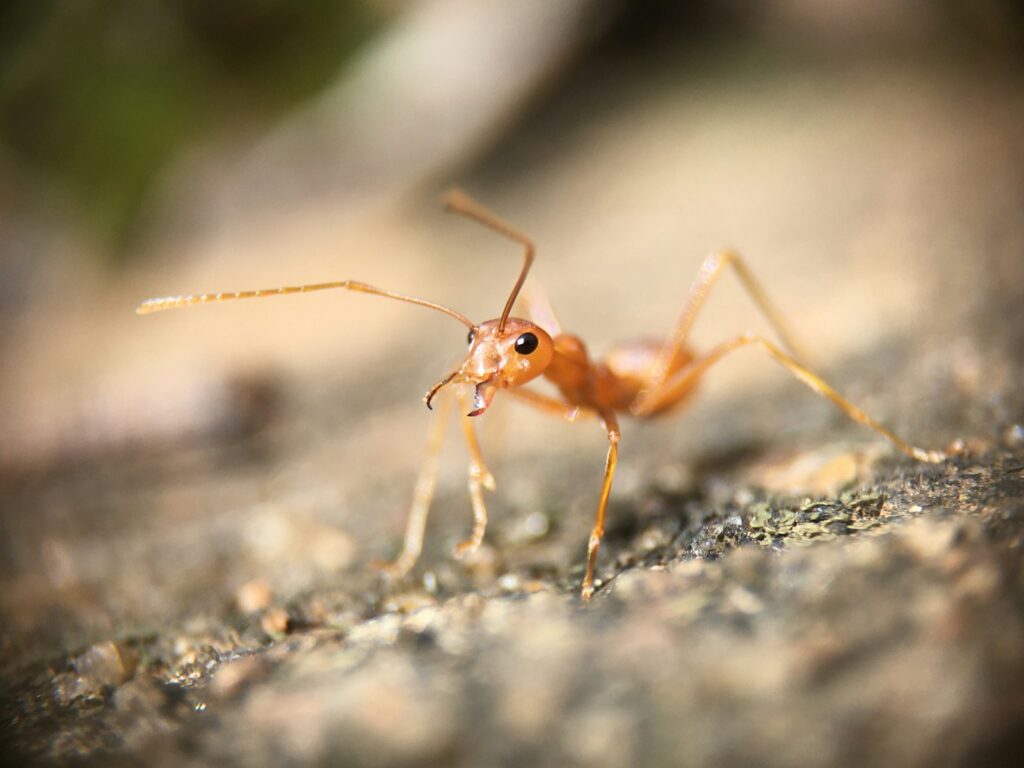Fire ants, particularly the Red Imported Fire Ant (Solenopsis invicta), represent one of the most destructive invasive species in many parts of the world. Originally native to South America, these tiny but formidable insects have spread across continents, leaving a trail of ecological disruption in their wake. Their aggressive nature, combined with their remarkable adaptability and reproductive capabilities, has allowed them to outcompete native species and fundamentally alter the ecosystems they invade. Beyond their ecological impact, fire ants pose significant threats to human health, agriculture, and infrastructure, causing billions of dollars in damage and control costs annually. This article explores the far-reaching consequences of fire ant invasions and why their management remains a critical environmental challenge.
The Origin and Spread of Invasive Fire Ants
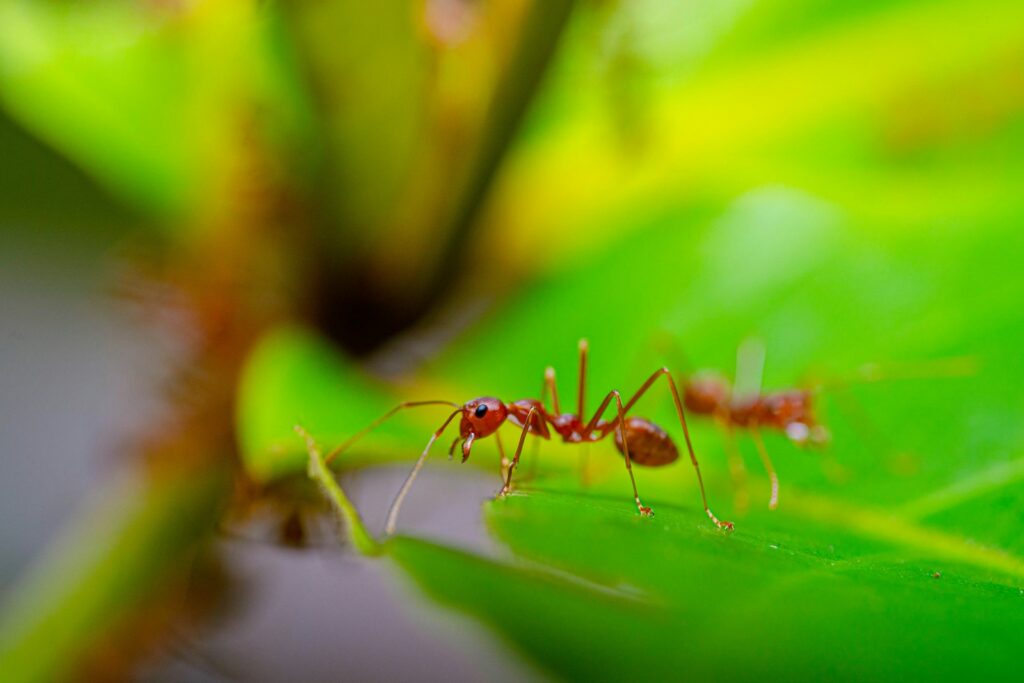
Red Imported Fire Ants (RIFA) originated in the Pantanal and Amazon Basin regions of South America, primarily in Brazil, Paraguay, and Argentina. Their journey to becoming a global invasive species began in the 1930s when they were accidentally introduced to the United States through the port of Mobile, Alabama, likely hitching rides in soil used as ship ballast. From this initial foothold, fire ants have spread throughout the southern United States, from Texas to Florida and as far north as Virginia and Tennessee. Their invasion didn’t stop at U.S. borders—these persistent insects have established populations in Australia, China, Taiwan, the Philippines, and several Caribbean islands. Their remarkable spread demonstrates their adaptability to new environments and their ability to travel through human-mediated transport, often hiding in potted plants, landscaping materials, and shipping containers.
Biological Characteristics That Make Fire Ants Successful Invaders
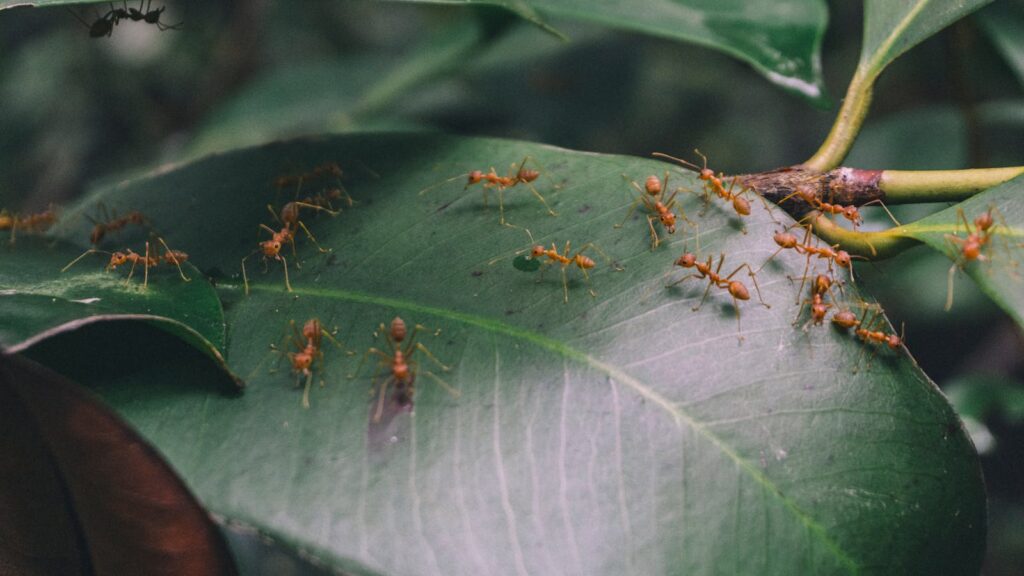
Fire ants possess several biological traits that contribute to their success as invasive species. Their colonies feature multiple queens (polygyne colonies), allowing for rapid population growth and colony expansion—a single mature colony can contain up to 250,000 workers and dozens of reproductive queens. These ants exhibit exceptional adaptability to various environmental conditions, surviving both floods by forming living rafts and droughts by digging deeper into the soil. Their diet is extraordinarily versatile, encompassing proteins, carbohydrates, and lipids, enabling them to exploit virtually any food resource available in a new environment. Perhaps most significantly, in invaded territories, fire ants often lack the natural predators, parasites, and diseases that would normally keep their populations in check in their native range, allowing them to reach densities far exceeding what would be possible in their original habitat.
Ecological Impact on Native Ant Species

When fire ants invade a new area, they create a cascading effect of displacement among native ant populations. Research has documented significant declines in native ant diversity and abundance, with studies showing reductions of up to 90% in some invaded regions. This displacement occurs through both direct competition for resources and through aggressive predation—fire ants will actively attack and eliminate colonies of native species. The loss of native ants disrupts countless ecological processes, as many native species serve specific functions within their ecosystems, such as seed dispersal, soil aeration, or controlling populations of other insects. The ecological vacuum created by this displacement can persist for decades, as native ant populations struggle to recover in the presence of established fire ant colonies. In some cases, the loss of specialized native ant species has led to the decline of other organisms that depended on specific relationships with those native ants.
Impact on Wildlife and Biodiversity
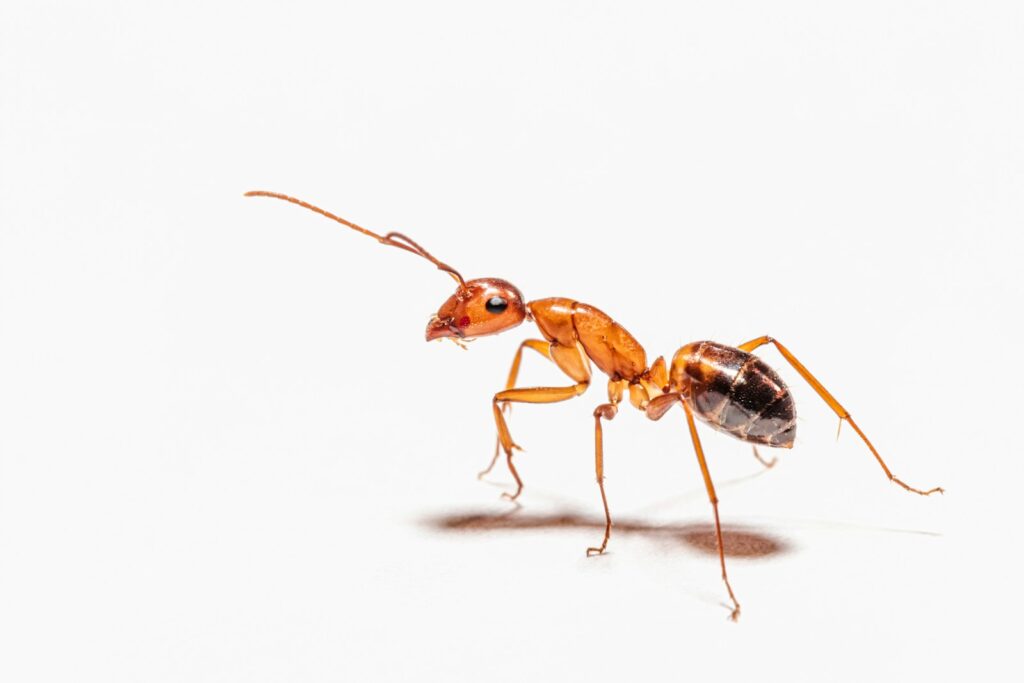
Fire ant invasions have devastating consequences for local wildlife, affecting species far beyond the ant world. Ground-nesting birds are particularly vulnerable, as fire ants raid nests to prey on hatchlings and eggs, leading to documented population declines in species like northern bobwhite quail and least terns. Small mammals, reptiles, and amphibians face similar threats, with documented cases of fire ants attacking and killing newborn deer fawns, turtle hatchlings, and juvenile alligators. Research in Texas has shown that fire ants reduced the survival rate of northern bobwhite chicks by 38% in heavily infested areas. Amphibians are especially susceptible to fire ant predation due to their moist skin and often vulnerable egg-laying locations, with some studies indicating local extinctions of certain frog and salamander species following fire ant invasions. The cumulative effect of these predatory interactions leads to simplified ecosystems with reduced biodiversity and altered food webs.
Disruption of Plant-Animal Interactions
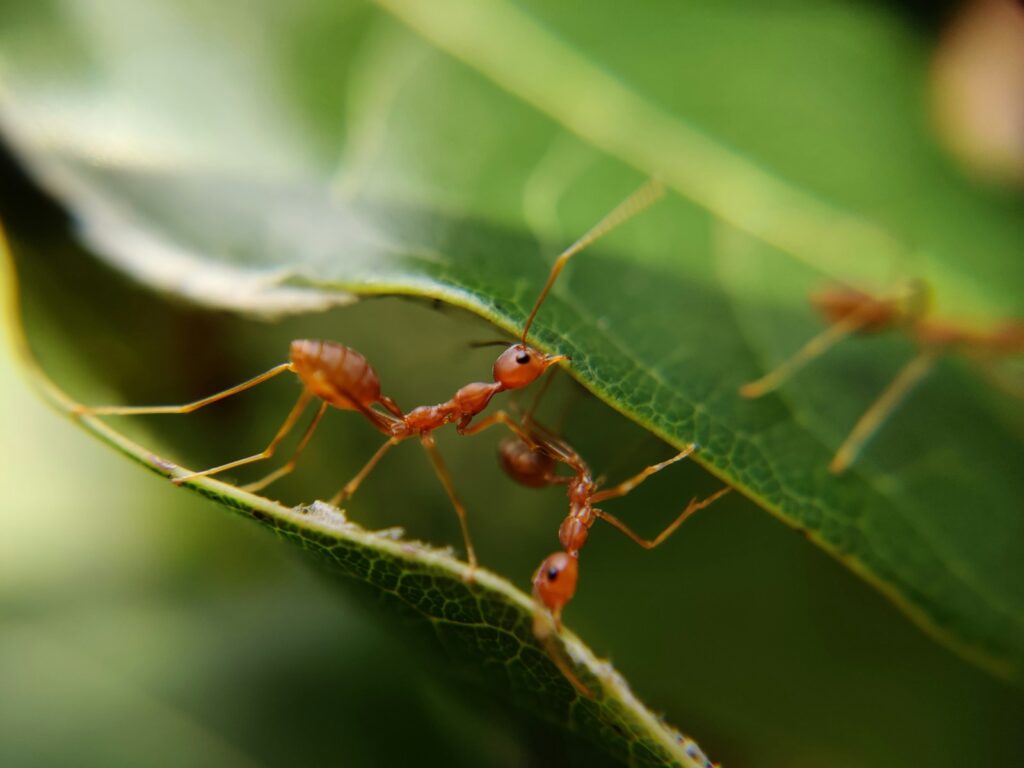
Fire ants create profound disturbances in the delicate relationships between plants and animals that have co-evolved over millennia. By preying on or driving away native insect pollinators, fire ants can significantly reduce pollination rates for many plant species, affecting their reproductive success and potentially leading to population declines. These ants also disrupt seed dispersal networks by displacing native ants that normally transport and plant seeds of various forest and grassland species. In some ecosystems, fire ants have been observed harvesting seeds themselves, but they typically consume them rather than dispersing them, leading to altered plant community composition over time. Perhaps most concerning is their impact on specialized mutualistic relationships—for example, in Texas, fire ants have disrupted the relationship between harvester ants and horned lizards, contributing to the decline of both species in invaded areas.
Soil Ecosystem Alterations
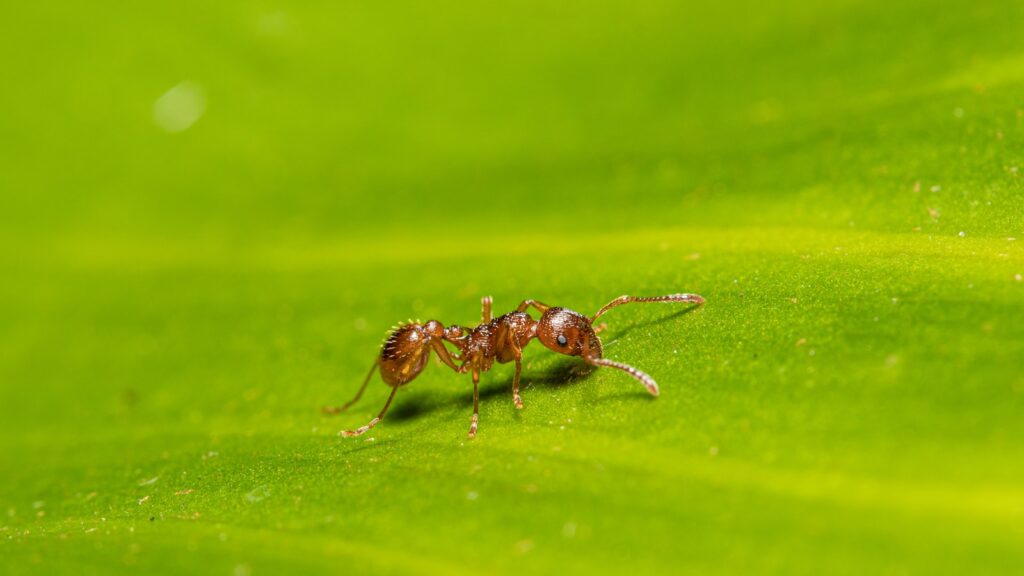
The presence of fire ants fundamentally transforms soil ecosystems through their extensive nest-building activities and foraging behaviors. Their distinctive mound-building creates physical changes in soil structure, increasing soil porosity and altering water infiltration patterns across landscapes. Chemical changes occur as fire ants concentrate certain nutrients around their nests, creating hotspots of altered soil chemistry that can persist even after colonies are removed. These activities affect soil microbial communities, often reducing the diversity and changing the composition of soil bacteria and fungi that play crucial roles in nutrient cycling. Studies have demonstrated that areas with high fire ant density experience changes in soil decomposition rates and carbon storage capacity, with potential implications for ecosystem-level carbon cycling. These combined physical and chemical changes create ripple effects throughout the ecosystem, potentially altering plant community succession and composition over extended periods.
Agricultural Damage and Economic Impact

The economic consequences of fire ant invasions extend deeply into agricultural systems worldwide. These insects damage crops directly by feeding on plants, particularly germinating seeds and developing fruits, with documented impacts on soybean, citrus, corn, and numerous vegetable crops. Fire ants also protect and “farm” sap-feeding insects like aphids and scale insects, which increases damage to crops from these secondary pests. In livestock operations, fire ants create significant problems by attacking newborn or young animals, with documented cases of blindness in calves and lambs following stings to the eyes. The mounds themselves create additional problems by damaging farm equipment and interfering with harvesting operations. The USDA estimates that fire ants cause over $6 billion in damage and control costs annually in the United States alone, with similar proportional costs in other invaded countries. These economic impacts disproportionately affect small-scale and subsistence farmers who lack resources for effective control measures.
Human Health Concerns
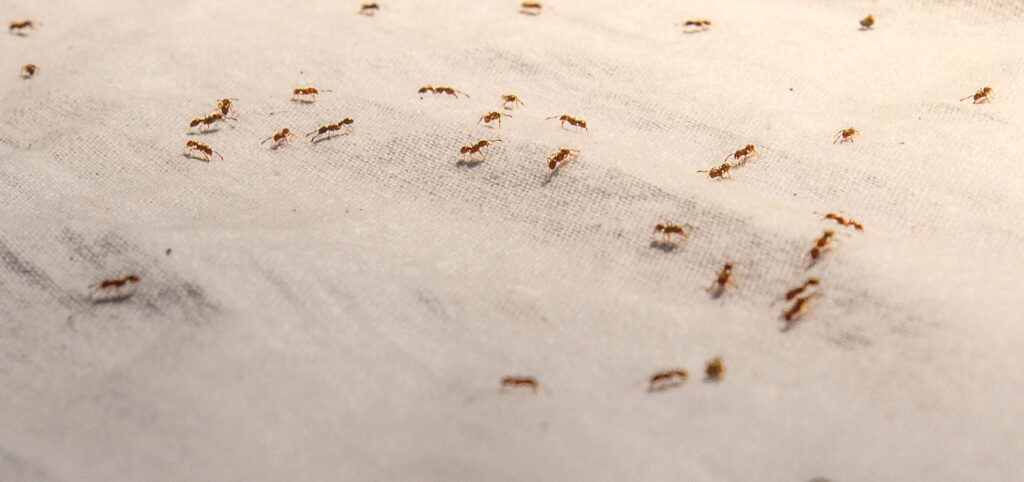
Beyond their ecological impact, fire ants pose significant health risks to humans living in invaded areas. Their stings deliver a venom primarily composed of alkaloid compounds that cause an immediate burning sensation followed by the formation of pustules that can become infected if scratched. Approximately 1% of the population exhibits severe allergic reactions to fire ant venom, with potential for anaphylactic shock that can be life-threatening without prompt medical intervention. Health departments in heavily infested regions report thousands of emergency room visits annually related to fire ant stings, with several documented fatalities. In nursing homes and hospitals in infested areas, immobile patients require special protection measures to prevent potentially dangerous fire ant encounters. The psychological impact of fire ant invasions shouldn’t be underestimated either, as residents in heavily infested areas report increased anxiety about outdoor activities and reduced quality of life associated with the constant threat of painful stings.
Infrastructure and Urban Impacts

Fire ants create surprising but significant problems for urban infrastructure and electrical systems in invaded regions. These insects are inexplicably attracted to electrical fields and frequently infest electrical equipment, including traffic signal boxes, air conditioning units, and airport runway lights. When workers come into contact with electrical components, they can cause short circuits and equipment failures by either being crushed between contacts or building soil nests inside housings. Municipalities in heavily infested areas report regular outages and equipment failures directly attributable to fire ant damage, with associated repair costs running into millions of dollars annually. These ants also undermine structural foundations and pavements through their tunneling activities, creating costly repair needs for roads, sidewalks, and building foundations. Schools, parks, and other public spaces in infested areas incur additional maintenance costs and must implement special management protocols to protect public safety from the threat of painful stings.
Control Challenges and Management Approaches

Managing invasive fire ant populations presents complex challenges that have frustrated control efforts for decades. Traditional chemical control approaches using broad-spectrum insecticides have shown limited long-term effectiveness while causing collateral damage to beneficial insects and wildlife. More targeted baiting systems have improved control efficacy but require precise timing and application techniques to achieve optimal results. Biological control offers promising sustainable approaches, particularly using phorid flies (natural parasitoids) from the ants’ native range and microorganisms like the Kneallhazia solenopsae pathogen, though these generally reduce rather than eliminate populations. Integrated management combining multiple approaches has proven most effective, with coordinated community-wide efforts demonstrating better results than isolated property treatments. The most successful control programs emphasize containment strategies to prevent spread into new areas, as eradication has proven nearly impossible once populations are established across a landscape.
Climate Change and Future Spread

Climate change projections suggest a troubling expansion of suitable habitat for invasive fire ants in coming decades. Models indicate that warming temperatures could allow fire ants to extend their range northward in North America and into higher elevations previously protected by cold winter temperatures. Changing precipitation patterns may also influence fire ant spread, as these insects demonstrate remarkable adaptability to both flooding events and drought conditions. In Europe, where fire ants have not yet established significant populations, climate models suggest that southern regions may become increasingly vulnerable to potential invasions. The synergistic effects of climate change and continued global trade create particularly concerning scenarios for new introductions and establishment in previously unsuitable regions. Researchers emphasize that early detection networks and rapid response protocols will become increasingly important as climate patterns shift, potentially opening new invasion pathways for these highly adaptable insects.
Case Studies of Successful Management

Despite the formidable challenges, several regions have implemented successful fire ant management programs that provide valuable lessons for other areas. New Zealand stands as a rare success story of complete eradication, having detected and eliminated small incursions before they could establish self-sustaining populations, demonstrating the critical importance of early detection and rapid response. Australia’s National Red Imported Fire Ant Eradication Program has achieved significant containment success through its comprehensive approach combining aerial baiting, ground treatment, and extensive public education, though complete eradication remains elusive. In Texas, community-wide synchronized baiting programs have demonstrated dramatic reductions in fire ant populations across entire neighborhoods when properly coordinated. The “Two-Step Method,” combining broadcast baiting followed by individual mound treatments, has proven both cost-effective and environmentally responsible when implemented consistently. These success stories highlight the importance of sustained effort, adequate funding, and public participation in managing this persistent invasive species.
The Future of Fire Ant Research and Control
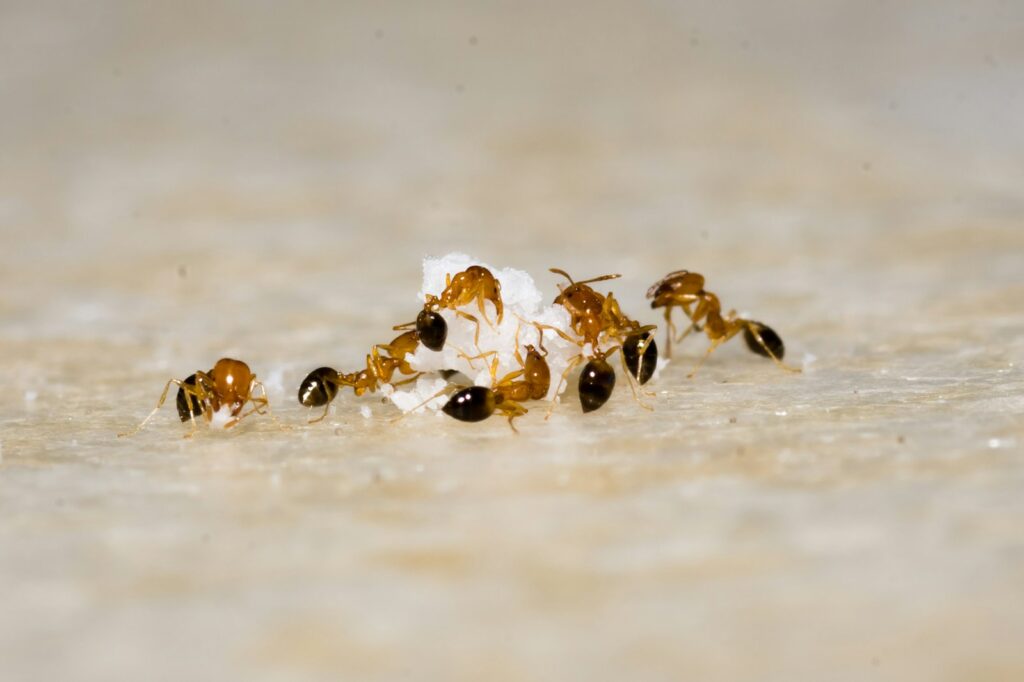
The scientific frontier in fire ant management continues to evolve with promising new approaches on the horizon. Genetic technologies, particularly RNA interference (RNAi) that can target species-specific gene expression, offer potential for highly selective control methods that would affect only fire ants while leaving other species unharmed. Advanced pheromone research may lead to disruption techniques that interfere with colony communication and coordination, potentially limiting reproduction and foraging success. Innovations in monitoring technology, including environmental DNA detection and remote sensing capabilities, promise to improve early detection of new invasions when eradication remains feasible. International collaboration has increased significantly, with researchers from affected countries sharing data, biological control agents, and management strategies through coordinated networks. As climate change alters the potential range of fire ants, predictive modeling combined with these emerging technologies will be essential for protecting vulnerable ecosystems from the far-reaching impacts of these remarkably adaptive invasive insects.
Conclusion
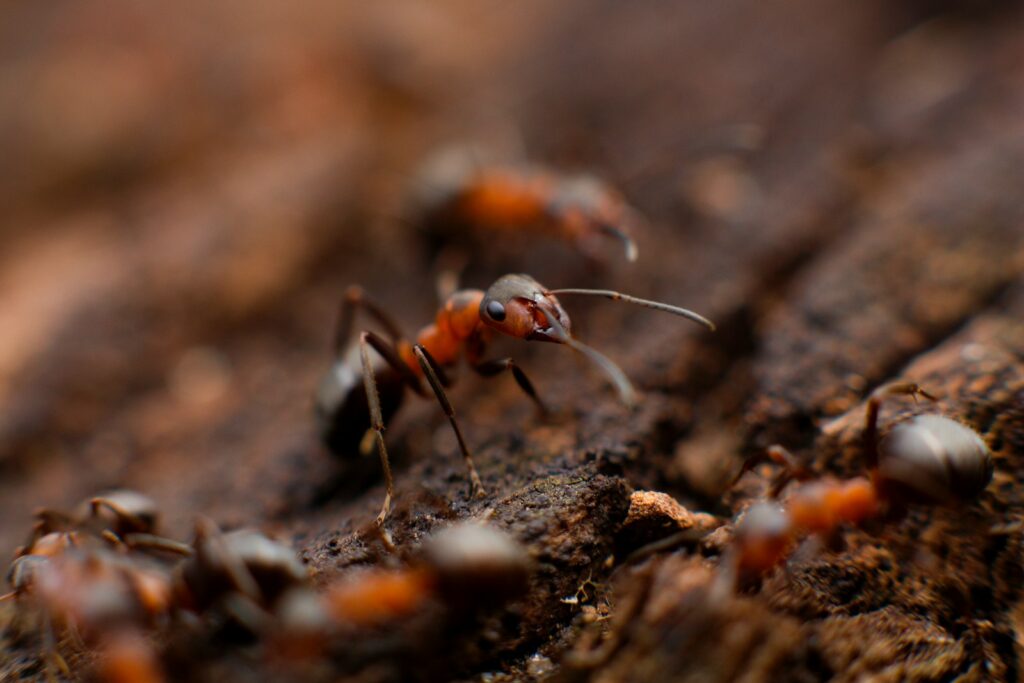
Fire ants represent one of the most successful and destructive invasive species on the planet, fundamentally altering ecosystems through complex cascading effects that ripple through food webs, soil systems, and ecological relationships. Their capacity to displace native species, disrupt ecological processes, damage agriculture, and impact human health makes them a unique challenge requiring coordinated management responses across multiple sectors. While complete eradication remains unlikely in most invaded regions, targeted control efforts, biological controls, and emerging technologies offer pathways to mitigate their most severe impacts. As with many biological invasions, prevention remains far more effective than control, highlighting the importance of strengthened biosecurity measures to protect vulnerable ecosystems from similar invasions in the future. Through continued research, international collaboration, and public engagement, the ecological disruption caused by fire ants can be managed, even if these tenacious invaders are likely to remain a persistent challenge for generations to come.

